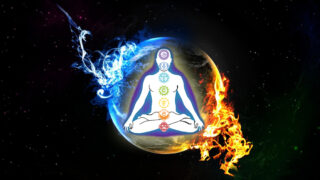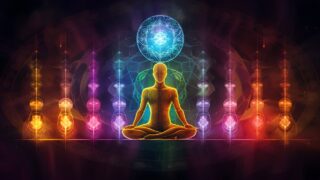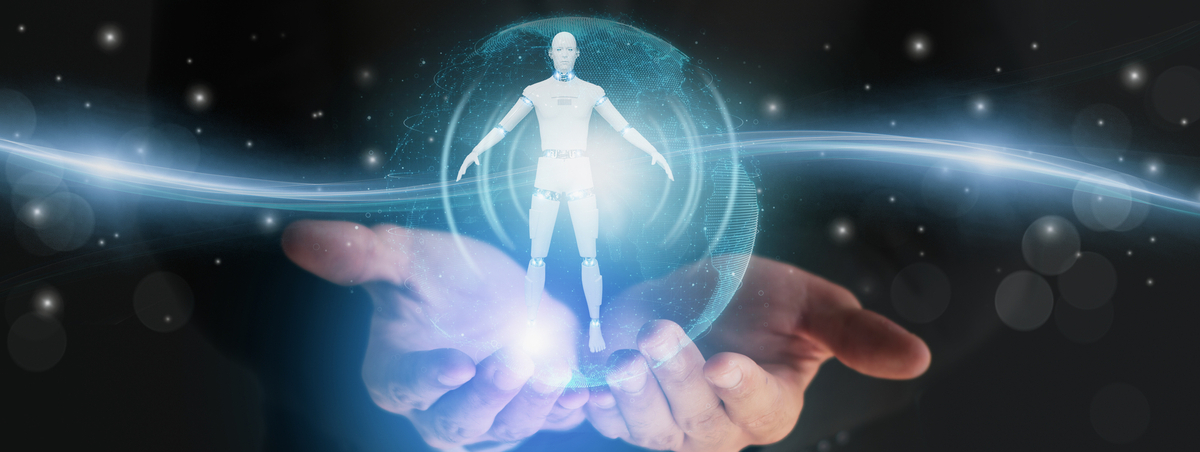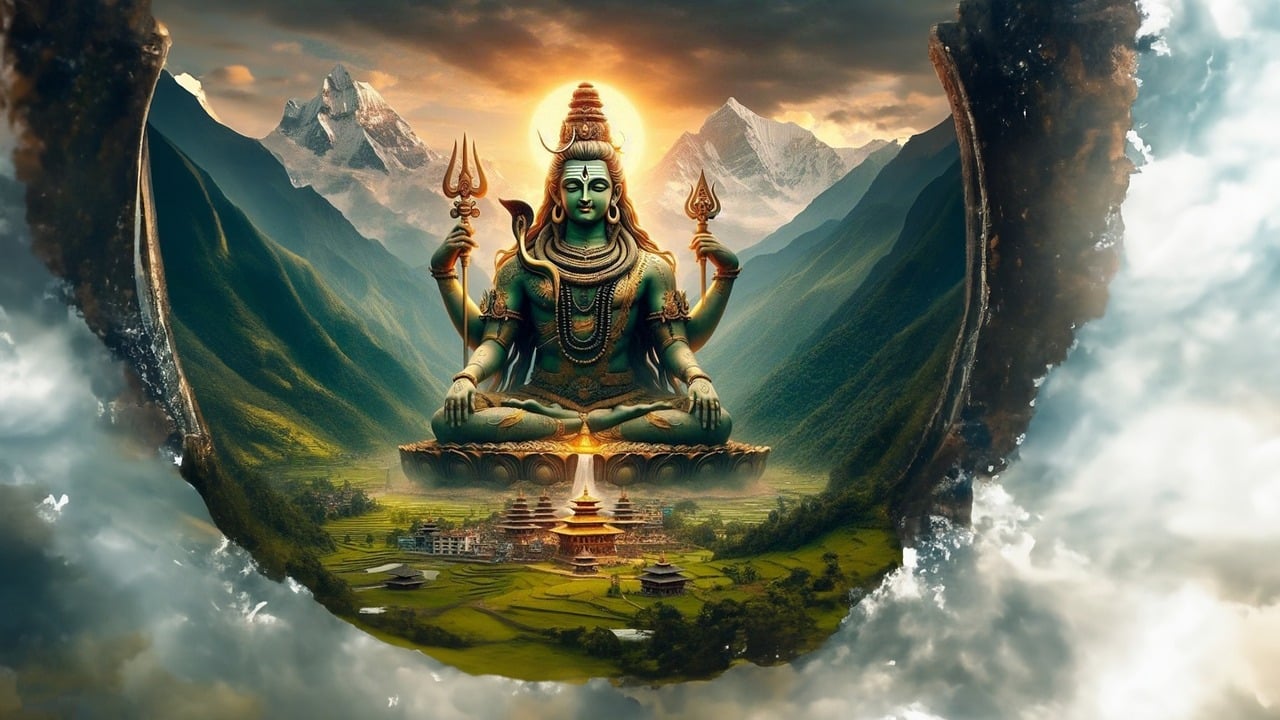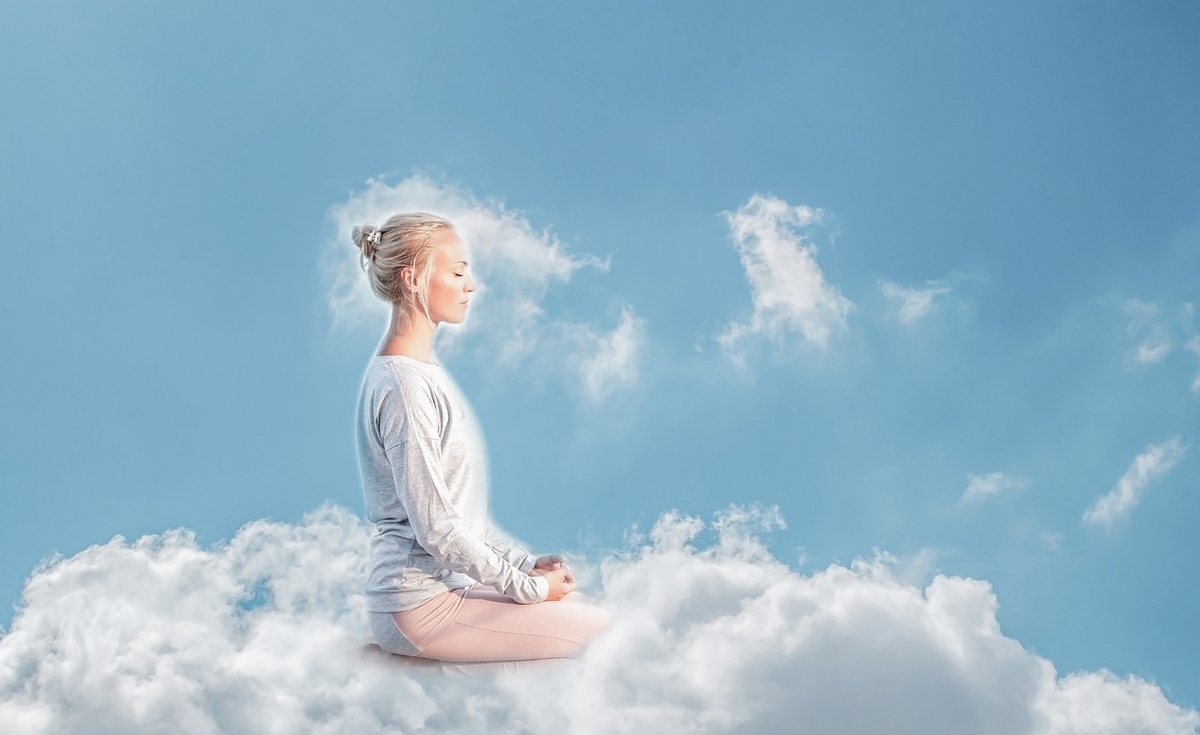クンダリーニ覚醒の光と影。危険な「クンダリーニ症候群」の精神的・身体的症状
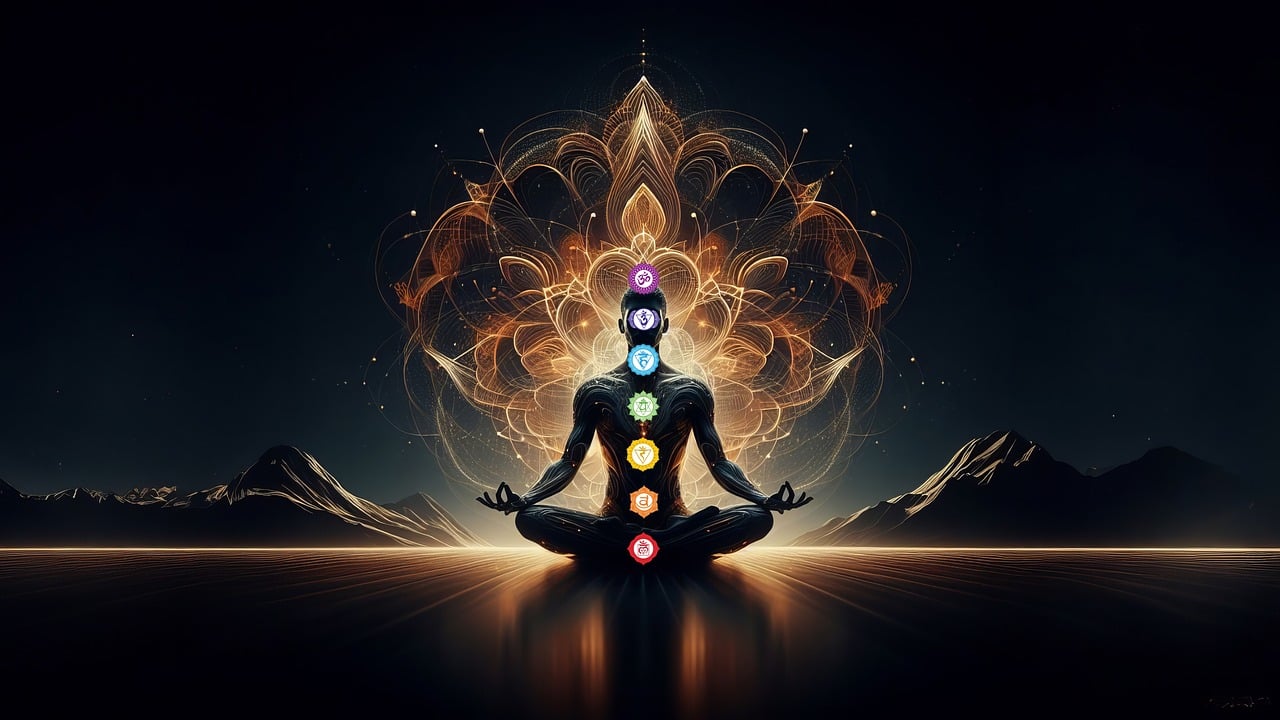
Kundalini syndrome – what does a person experience at that moment when an unknown force awakens? Even in modern society, this phenomenon, which is still called mysterious, is said to bring about a dramatic mental transformation in some people. As more and more people experience yoga and meditation, the details remain unclear and controversial.
What kind of history and philosophy lies behind this syndrome? And how diverse are the individual impacts? In order to unravel the mystery, we listen to the opinions of experts and the real stories told by experienced people. In the following articles, we will explore the unknown aspects of Kundalini syndrome and provide you with a new perspective.
- 1 The Concept of Kundalini and the Source of Life Energy
- 1.1 The Path to Kundalini Awakening and Transformation
- 1.2 Kundalini Yoga: Practice of Awakening Energy
The Concept of Kundalini and the Source of Life Energy
Kundalini is a powerful life energy concept in traditional Indian thought and yogic philosophy that is imagined to be latent in the first chakra "Muladhara" located at the base of the human spine, especially near the tailbone, like a snake coiling around it. This energy is the fundamental force that supports human life activities and is thought to be deeply connected to our consciousness and potential. Kundalini is a latent energy when we are asleep, but when awakened in the right way, it has the power to bring about physical, mental, and spiritual transformation.
Kundalini means "coiled thing" in Sanskrit, and the image is superimposed on the image of a sleeping serpent. This serpent is a symbol of latent energy that cannot be felt in everyday consciousness, and represents our inner infinite potential. Kundalini energy is said to remain at the base of the body in its normal active state, but when awakened through practices such as yoga and meditation, it ascends the spine and activates each chakra.
The Path to Kundalini Awakening and Transformation
- Kundalini awakening is a process of transformation of consciousness that is more than just a release of energy. This is an attempt to intentionally activate the kundalini energy through specific yoga, meditation, breathing exercises, or conscious energy work. This process is not always easy and should be carried out in stages and carefully.
- When the kundalini is awakened, its energy rises along the spine and passes through each chakra. Each chakra is associated with physical, emotional, and spiritual aspects of the human being, and with the ascension of Kundalini, these aspects are purified and activated. This process is also thought to promote physical, mental, and spiritual growth, deepening self-awareness, unleashing potential, and leading to enlightenment.
- Kundalini awakening does not always go smoothly. Lack of preparation or inappropriate practice can lead to physical and mental discomfort. For this reason, it is important to learn the correct knowledge and practices under an experienced instructor when aiming for kundalini awakening.
Kundalini Yoga: Practice of Awakening Energy
- Kundalini yoga is a specific school of yoga that aims to awaken the kundalini energy safely and effectively. This yoga combines breathing exercises (pranayama), meditation, mantras (mantras), bandha (energy locks), mudras (marks), and asanas (postures) to promote the flow of energy and increase awareness.
- Kundalini yoga is characterized by dynamic breathing techniques and meditation with specific movements. These practices are credited with helping the kundalini energy ascend the spine and activating each chakra. Kundalini yoga also focuses not only on physical flexibility and strength, but also on mental stability and emotional release.
- Kundalini yoga instructors carefully observe the student's energy state and provide instruction at an individual pace. We also educate you about the potential risks associated with kundalini awakening and support safe practices.
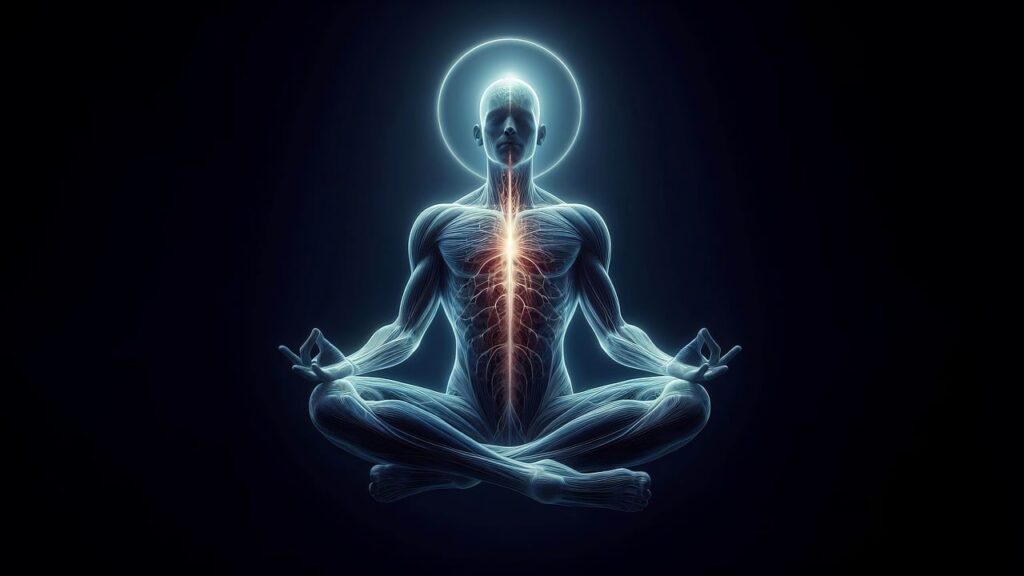
Kundalini Syndrome and the Shadow of Arousal and Coping with it
Kundalini awakening can be a very transformative experience for some people, but it can also cause a phenomenon called "kundalini syndrome" that causes mental and physical discomfort. It is believed that this is more likely to occur when there is a sudden release of kundalini energy or when the flow of energy is stagnant. The symptoms of Kundalini syndrome are wide-ranging and vary greatly from person to person, but the following are typical symptoms, coping strategies, and experiences.
Examples of physical symptoms
- Changes in body temperature, sudden heat in a part of the body or the whole body, or conversely, coldness. This is thought to be caused by the activation or stagnation of the flow of energy.
- "While meditating, my spine suddenly felt like it was burning hot, and then my whole body became as cold as ice and I couldn't stop shaking.
- Involuntary movements, the body convulses or trembles regardless of one's will, or muscles twitch. It is said to be caused by the excessive release of energy at certain points.
- "Immediately after I started Kundalini Yoga, my body started shaking on its own, especially my neck and back, which moved so violently that I couldn't control it. It was like a puppet."
- A torrent of energy, a feeling of energy rushing through the body, or a sensation like an electric shock. This is supposed to happen when energy passes through the nervous system.
- Testimonial: "A tingling sensation ran through my whole body, as if a strong electric current was running through my body, and it felt good at first, but gradually turned into pain and discomfort."
- Digestive problems such as digestive upset, nausea, abdominal pain, constipation, and diarrhea frequently occur. This may be due to the fact that the flow of energy affects the digestive organs.
- Testimonial: "Since I started feeling the energy of the kundalini, my gastrointestinal condition has deteriorated significantly, and I have nausea, stomach pain, and diarrhea. I couldn't even eat properly."
- Headache, tinnitus, frequent headaches, tinnitus, and visual abnormalities appear. This may be due to too much energy being concentrated in the head.
- Testimonial: "When I meditated deeply, I almost always had a headache, and I started to hear a constant ringing in my ears, and I couldn't concentrate."
Examples of mental symptoms
- Emotional instability: Joy, sadness, anger, etc. fluctuate violently, making it difficult to control emotions. This happens because energy affects the emotional body.
- "I was happy until a moment ago, but suddenly I became sad and couldn't stop crying. It was like riding a roller coaster."
- Anxiety, fear, and unexplained anxiety and vague fears. This is thought to be due to the release of energy, which brings latent fears to the surface.
- Testimonial: "I had a vague sense of anxiety, as if I was constantly being chased by something, and sometimes I felt so strong that I couldn't sleep at night. My mind was always restless."
- Mental confusion / Loss of sense of reality, confusion, and difficulty concentrating. It is believed that this happens through a transformation of consciousness.
- "Sometimes I felt like I didn't know where I was, I felt like I was losing my sense of reality, I couldn't concentrate at all, and it interfered with my work. It was like being in a dream."
- Re-experience of past trauma - Painful experiences and traumas of the past come back like flashbacks. This is thought to be due to the release of energy, which brings repressed emotions and memories to the surface.
- Testimonials: "The painful memories of my childhood suddenly came back to me, and I was emotionally upset, as if I was experiencing those emotions again. It was like a recurrence of past wounds."
- Spiritual Experiences: Seeing hallucinations, auditory hallucinations, or feeling spiritual presence. This is likely due to the transformation of consciousness and the blurring of boundaries with the spiritual realm.
- Testimonials: "During meditation, I saw sights that I had never seen before and heard angelic voices, which at first I felt mysterious and beautiful, but gradually I felt uneasy and frightened."
Dealing with Kundalini Syndrome and Precautions
As you can see from these testimonials, kundalini awakening is not always pleasant, and it can be painful. Kundalini syndrome is more likely to occur when the mind and body are unable to cope with sudden changes in energy, which can be physically and mentally taxing.
However, Kundalini syndrome is not always just a negative experience. In some cases, overcoming symptoms can lead to greater spiritual growth and self-understanding. The important thing is not to try to force yourself to wake up when you experience symptoms, but to seek professional help.
Specific remedies
- Seek professional help, such as a doctor, psychiatrist, or therapist who is familiar with kundalini. It can be dangerous to deal with it on your own, so be sure to consult a specialist.
- Rest and relax: Get enough rest and create a relaxing environment. By resting your mind and body, you can calm the flow of energy.
- Grounding: Spend time in nature or do light exercise to connect your energy to the earth. It is a good idea to be conscious of feeling the earth with the soles of your feet.
- Self-acceptance: Accept your emotions and states and don't overdo it. It is important to accept negative emotions as part of who you are.
- Eat a healthy diet, exercise moderately, and get enough sleep. By living a regular life, you can balance your energy.
- Adjust your energy work: Temporarily refrain from kundalini yoga or meditation to adjust your level of energy work. Avoid strenuous work and choose gentle ones.
Important Note
- Don't rush – Kundalini awakening is important to take your time and go at your own pace. If you try to force yourself to proceed in a hurry, it will take a toll on your mind and body.
- Be prepared: You need to be well informed and prepared before aiming for a kundalini awakening. Learn how to do it right with an experienced mentor.
- Don't overdo it, If you feel even a little unwell, stop practicing immediately. Don't overdo it.
- Self-responsibility and Kundalini awakening should be done at your own risk. Don't be misled by easy information, and proceed cautiously while facing your mind and body.
The Path to Kundalini Awakening: Self-Exploration and Transformation
Kundalini awakening has the potential to be a major turning point in life. It is a journey of self-exploration and a process of self-transformation. In this process, we become aware of our inner potential and awaken to our true selves. However, the path can be difficult and painful at times.
When aiming for kundalini awakening, it is important to sincerely face your inner self and maintain a balance between your mind and body. Don't rush, don't overdo it, and go at your own pace. Above all, it is important to continue to believe in yourself. We hope that this journey will open the door to a richer life for you.

